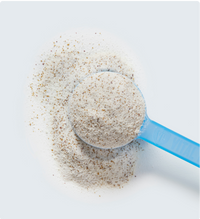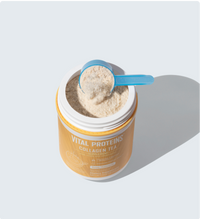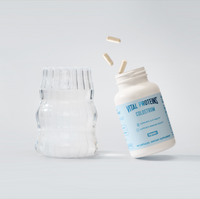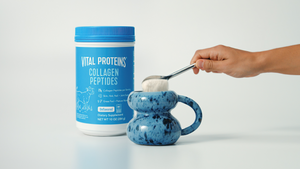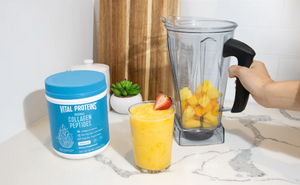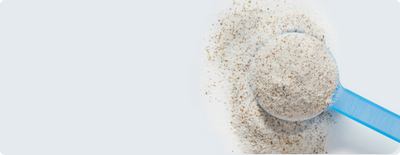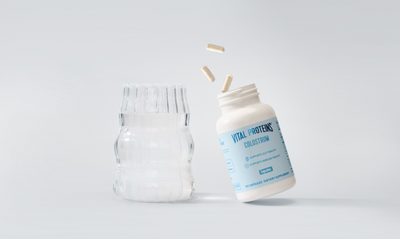Heather Marr is an N.Y.C.-based personal trainer and The Model Trainer Method creator, whose A-list client roster includes some of the world’s most famous supermodels. Ahead, she reveals how to get stronger without lifting weights.
Progressing with our training without lifting heavier is possible. Adding consistent activity into our daily routines often means we need to get a little creative to get the job done. Whether you’re on vacation making do with a bare-bones hotel gym or need to get your workout done at home to save time, it may feel like the equipment that’s available is limited. But you don’t need heavier weights to get stronger. In fact, all it takes are 5 simple tweaks. You’ll be one step closer to improving your fitness level without increasing your lifting weight.
How to Get Stronger without Lifting Heavier
1. Forced Reps
Forced reps are an excellent option for those with a training partner. You'll complete your set as you normally would but instead of stopping, this is where the fun actually begins. Your spotter will jump in and help you push out several more reps. For instance, if I am performing a set of barbell bench presses, I will complete my reps for the set and rather than stop here, my spotter will jump in and take some of the load so that I am able to push out several more repetitions. Drop sets are a great option for those who do not have a spotter/training partner.
RELATED: What to Eat Before Doing Cardio, Pilates & Other Workouts
2. Decrease Your Rest Time Between Sets
This can certainly make your workout much more challenging and is a great way to get your program done efficiently. If you normally take a 1-minute break, for example, simply decrease your rest time. You could shave off 15 seconds from that rest time and try heading back in after 45 seconds. The important thing to note here is that you want to maintain the quality of your sets and finish all your reps while maintaining the same working load with proper form. If you're performing your sets with the reduced break times and finding the quality compromised, simply adjust your reduced rest times as needed to find your balance.
3. Increase Time Under Tension
Slow down your exercises. Be mentally present during your sets and pay attention to your tempo. Tempo is basically the pace at which you're performing your exercise. You'll often see it in your programs outlined as three or four numbers. The first number is the eccentric phase (negative portion of an exercise, i.e. lowering the bar during a bicep curl), the second number is the isometric hold at the midpoint of the lift, the third number is the concentric phase (positive portion of an exercise, i.e. raising the bar during a bicep curl) and the fourth number (if listed) is for the isometric hold at the top of the lift. The number represents the amount of time, in seconds, to complete each move.
RELATED: Why You Need to Start Stretching Every Day

4. Increase Training Volume
*Volume = Sets x Reps x Load*
If you are not increasing the weight you are lifting/our training load, you could simply increase volume by adding additional sets or reps. This is pretty straightforward. If in your programs you're typically performing 3 sets of 10 reps of squats, for example, you could add a fourth set. You could also bust out an 11th rep in your sets without lowering the resistance being used.
5. Cheat Reps
Common sense is critical here. Cheat reps are a method that can be used to extend your set. Perform your set as usual with strict, proper form. At the end of your set when you're no longer able to perform repetitions, you will use a little "body English" and momentum to continue performing reps without breaking. Obviously, this lends itself better to some moves than it does to others. Performing a dumbbell lateral raise would be a great choice whereas a heavy barbell squat wouldn't.

